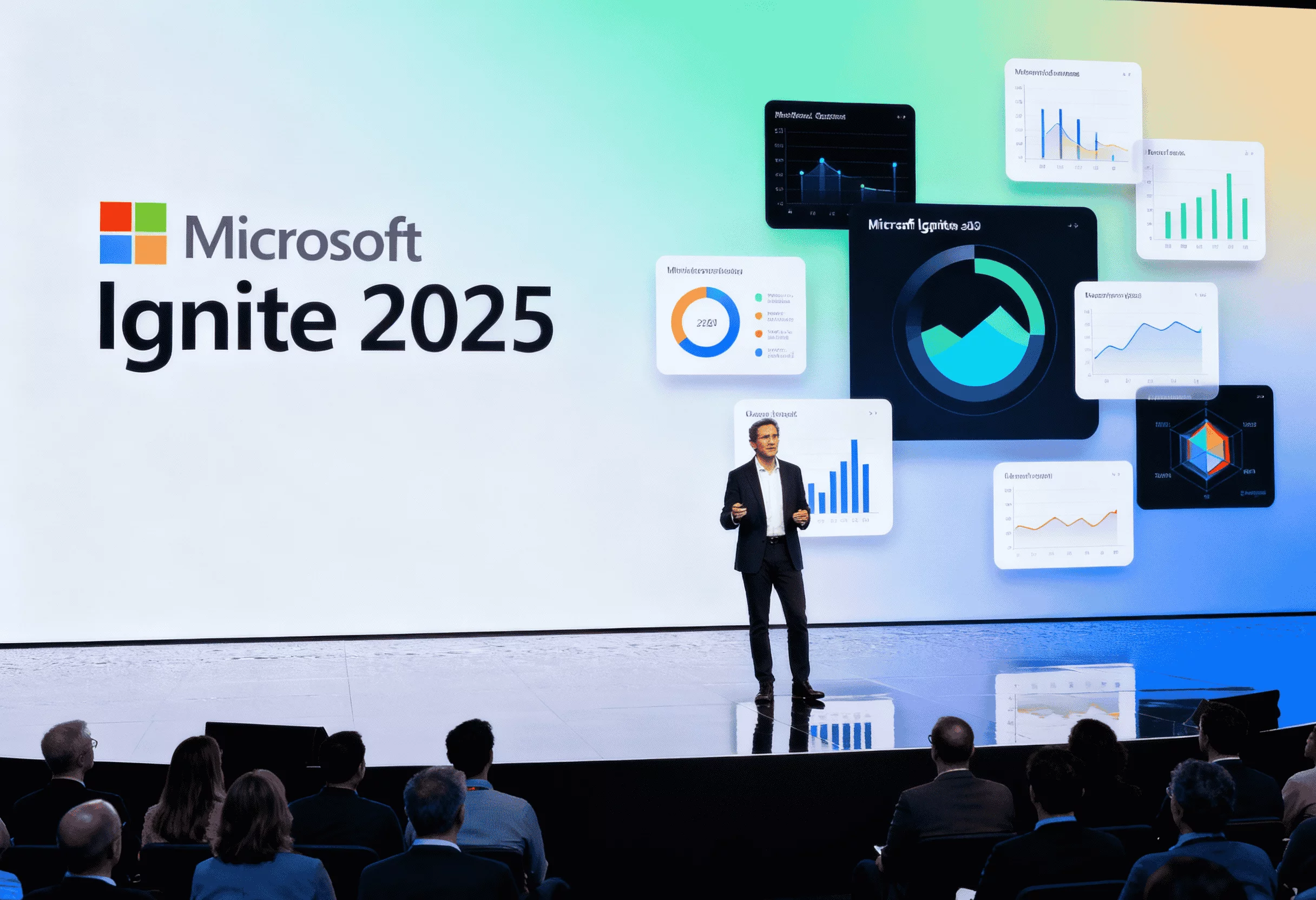Django vs Rails are both great frameworks for web application development. The things they share in common include programming languages similarities – (which are both object-oriented, dynamically typed) and their performance as well.
But, how do you choose one? Here are some things you need to consider – Django vs Rails
Type –
Rails is a web application framework which was released in 2008. It includes everything that is required for making database-backed web applications in the Model-view-controller pattern or MVC. The biggest benefit of using it is the gem libraries- with its considerable record of available gems. These gems are third-party libraries, making completing tasks easier.
Meanwhile, Django is an open-source web framework released in 2005. It follows an MVC pattern. Django’s objective is to make web development speedier and make complex data-driven websites easily.
Programming Language –
The programming languages of Django vs Rails are similar in a way that both Ruby and Python are object oriented and dynamically typed. Rails, which is written in Ruby is very easy to understand and understand the syntax.
Django is written in Python and was designed to force a good style (indents are important)
Usage –
Rails gives the programmer more power by providing better usability and freedom, helping them create database-backed modern web apps. Its flexibility makes it a better choice for metaprogramming and for creating more visually appealing codes.
Django, on the other hand, helps create complex databased-driven websites and web app quicker. It is more suitable for system administration, scientific programming, data manipulation and analytics.
Philosophies –
Rails’ motto is “Convention over configuration” which basically means that you have to create less code in rails to achieve the same results- because you skip the configuration part, that is essential in Django. Due to this, many things can happen without strict definitions-thanks to conventions.
Django’s motto is “the framework for perfectionists with deadline”- it relies heavily on the concept of “DRY” which means don’t repeat yourself. One of the principles also includes “explicit is better than implicit” where you can create apps that are easily understood/ maintained by the majority.
Architecture –
Comparing Django vs Rails side by side, their architectural patterns are almost similar with few subtle difference.
In Rails the architectural pattern is based on an MVC model and is well-structured. The model represents data of the database-where you have profiles, comments, posts etc. Cabot Solutions explains “It is handled in ActiveRecord. The View wraps data in HTML template, delivers it to the Controller and is handled in ActionView. The Controller connects Model & View, handles user requests, send responses to the web browser. It is handled in the ActionController”.
Django follows Model-View-Template architecture. The model is a “relational database that describes your data structure. View is the Regular Expression based URL Dispatcher that controls what a user sees. The Template is Web Templating System mixed with Django Template Language (DLT). The Controller part is taken care of by Django”.
Main Servers –
For Rails – NGINX, Apache (running Phusion Passenger Module), WEBrick, Cherokee are main web servers. Main database servers used are PostgreSQL and MySQL.
For Django common web servers are Apache, NGINX using WSGI, Gunicorn and Cherokee. Database servers include MySQL, PostgreSQL, Oracle and SQLite.
Installation –
Rails- the process of installation is longer, taking about a half hour. You have to install the bundle and gem first and foremost, and then the command gem install Rails to install the latest version of the framework.
Django is much quicker, taking only seconds to install. For a Linux distribution, first you create virtualenv and then the command pip install –e Django.
Learning Curve –
The learning curve when considering Django vs Rails- is that for Rails the learning curve is steep and very small for Django.
The learning curve for rails is pretty steep. There are a lot of independent concepts to be understood, which is why it is recommended for seasoned professionals while beginners can start with Django and then move to Rails.
The learning curve for Django is small due to the better readability of the code and Python being one of the easiest languages to learn. Regardless, there are plenty of online resources to help you learn both the languages.
Top Websites –
Some of the most famous websites built on Rails include GitHub, Hulu, Shopify, Airbnb and Basecamp etc.
Whereas, some of the popular websites created on Django are Pinterest, NASA, Mozilla, Instagram, Bitbucket and PBS etc.
Community Support –
Rail is extremely versatile, it has a huge, strong community of developers. Plus, it has a huge repository of GitHub stars- 40,274 (as of July 2018). There is a continuous interaction via books, conferences, open source libraries etc.
Meanwhile, Django is a small community, but despite being smaller, it has a comparatively large repository of GitHub stars – 35,257 (as of July 2018). You can keep in touch with the developers through mailing lists, blogs and using Stackoverflow.
Conclusion
If your development team prefers Python and the Django philosophy and you need to use Python-specific libraries- for e.g. in Machine Learning applications – then you can go for Django.
Meanwhile, if you have an experienced team of developers (as it requires quite a bit knowledge to do the Ruby on Rails magic) and need to develop your web app quickly- you can do it thanks to the dozens of gems (i.e. libraries)- then you can go for Rails.
*Note – This blog heavily refers Cabot Solutions’ blog on the same subject.
Let’s Build Digital Excellence Together










